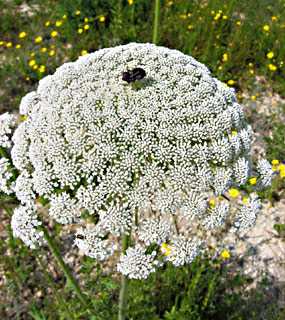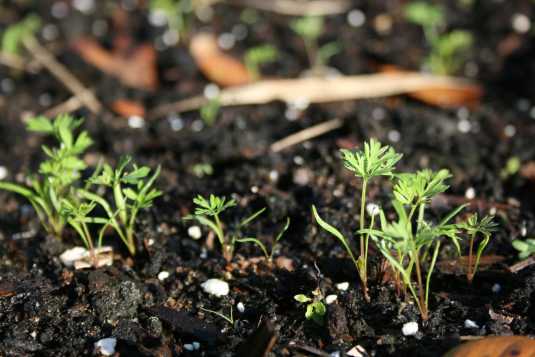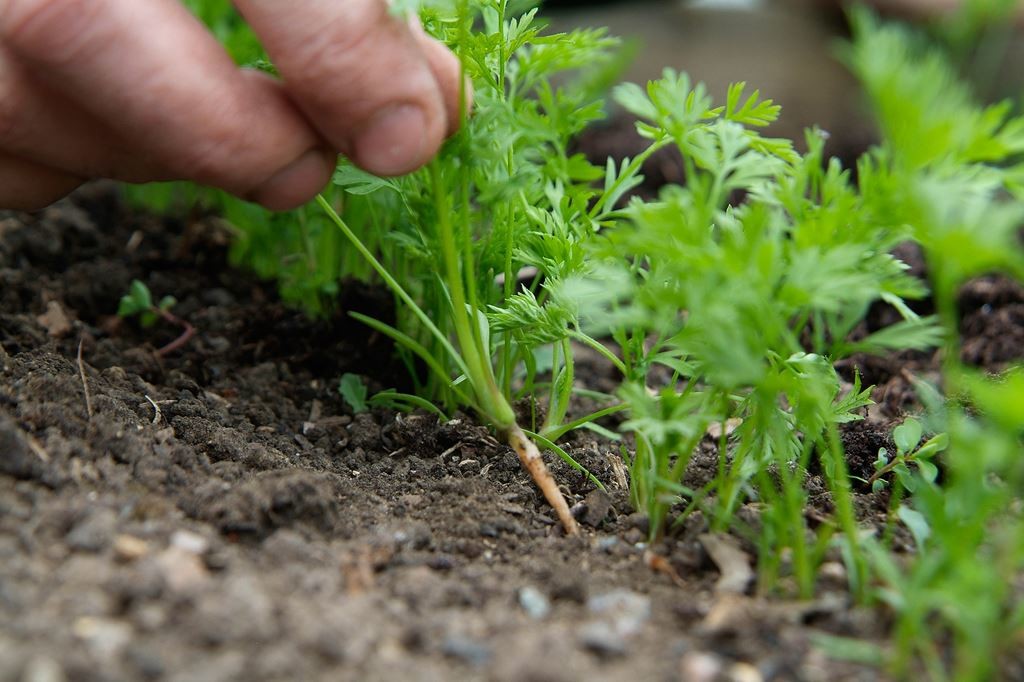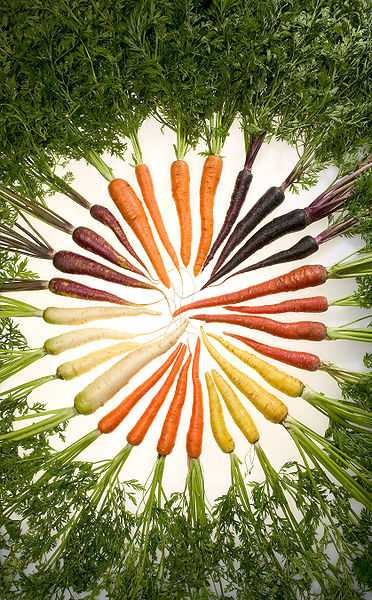The Return of the “Treasure Box” – the FreeCycle Spring Market at the Bookstops in the Mesila Park
The Bookstop at Mekor Haim/Gonenim is hosting a monthly Tuesday afternoon FreeCycle market.
Our special festive opening will take place next Tuesday, March 28th at 4:30 pm at both bookstops (Mekor Haim and Massrik). The event will be chockfull of fun activities for kids and a chance to give and take not only books, but good-quality household items, used clothing, and anything you wish to pass on. Make some space in your closets, and then fill it up with great finds from the freecycle market.
Oh, and books! Bring books! The bookstops are awakening from their winter slumber and will be happy to welcome new friends….
See more details right here. We look forward to seeing you!
___________________________
A Tale of A Carrot
You ask, “What is life?” That is the same as asking, “What is a carrot?” A carrot is a carrot and we know nothing more.
– Anton Chekhov in a letter to his beloved wife, Olga Knipper Chekhov (April 20, 1904)
Over a century has passed since that April 1904, and by now we can no longer say that “a carrot is a carrot and we know nothing more.” Hundreds of research studies have been conducted to examine this basic veggie, so common and beloved, generating a wealth of information on the carrot’s healthy components and its ability to maintain our health and spur healing.
Winter is its season. The carrot does not appreciate warm weather, but adores the cold. It can even grow under a blanket of snow. These past months it’s been in full glory in our field, as we pull out bed after bed of juicy orange corkscrew roots, week after week.
The carrot (Daucus carota) belongs to the Umbelliferae family, home to such vegetables and spices as celery, parsley, fennel, dill and cilantro. Various wild carrot species have grown in many areas in the world, specifically in the Mediterranean, South Asia, Africa, Australia and America. The origin of certain domesticated species is probably Afghanistan and Turkey. The Arabs introduced the carrot to Spain, where it spread to Europe. The first domesticated varities came in a range of colors: red, purple and yellow-green. Later, yellow and white carrots were developed in the 18th century. The Dutch grew orange carrots, which are today’s most common variety. In Israel, the carrot has been harvested from the beginning of the Jewish settlement. The Arabs used to grow dark purple carrots, which can still be found today to a small extent.
The wild carrot is known in English as “Queen Anne’s lace,” whose name originated in a fairy tale about how the wild carrot’s flower got its unique look: a sort of white lace embroidery, with a dark red-purple dot at its center. Legend has it that Queen Anne (wife of King James the First), who reigned as Denmark’s queen in the 16th and 17th centuries, was an expert at lace tatting. One day she pricked her finger in the process, and a drop of blood rolled onto the center to create this special flower. Although the tale only appeared in writing some 200 years after Anne’s death, it could be associated with the 17th century custom for ladies to smartly adorn their hats with wild carrot flowers.

Carrots are usually biennial. At the end of their first year of growth, they develop leaves and a root. When the root is well-developed and the plant has received its necessary dose of cold weather, the next season leads to the development of a stem which grows rather tall. When the stem branches out, it produces peripheral branches which end in an inflorescence resembling an umbrella. The seeds remain in the dry fruit, one seed per fruit. They contain ethereal oil which provides their unique scent. When a carrot is grown for food, we are interested in its taproot, which is why it should be picked before reaching flowering and seeding – for by then the root is too old and becomes grainy.
The root develops in three stages: at the first stage, right after sprouting, a long skewer-like root grows. At the second stage, the root thickens and becomes longer, receiving its orange color. At the third stage, the downward growth stops and the root only thickens.

The root consists of a central stele, the endodermis and the cortex. The endodermis is surrounded by tissue, which creates the inner cortex and the outer phloem. This tissue is rich with color substance and sugars. A carrot’s quality is determined by the thin texture of its central stele in comparison to the cortex tissues. In difficult growing conditions, or as the plant ages, the central stele becomes wood-like and the carrot is no longer fit for human consumption.
The carrot appearing in your boxes was seeded three to four months ago. Never one to rush, the carrot sprouted slowly. In the beginning, two long ears, the cotyledons, peeked out of the earth. Afterwards the plant actually grew “real leaves,” the type we can identify as carrot leaves and which bring delight to every bunny.


The carrot needs a lot of space to breathe and grow, both length and depth-wise and preferably from all four directions. But its seeds are tiny and hard to seed accurately and well-spaced. As soon as it begins to grow, we start thinning the plants and pluck out lots of tiny carrot sprouts to allow the remainder to grow nice, bountiful roots.

The orange of the carrot is known for its medicinal attributes: research awards it high acclaim as a cancer fighter and in battling heart diseases. Carrots maintain healthy eyes, strengthen the immune system, protect your skin, and generally boost human growth and vitality. Its healing powers come from the yellow-orange caratanoid pigment group: the alpha carotene, beta carotene and beta-cryptoxanthin.
Beta carotene, the most researched and popular pigment in the carrot, belongs to the carotenoid group, which becomes Vitamin A when consumed. For this reason they’re termed “pro-vitamin.” Vitamin A, aka “retinol” due to its benefits to the retina, plays a crucial role for healthy vision. A Vitamin A deficiency can impair the function of the photo-pigments in the retina and cornea, causing blindness or night blindness. Vitamin A promotes skin health and epithelial cell growth, and in pregnancy contributes richly to proper fetal development. Current research indicates that Vitamin A is critical to the process of learning and memory, probably by enriching the area of the brain responsible for memory function.
Vitamin A keeps the immune system working, whereas a deficiency can increase the risk of acquiring viral infections. In infectious diseases, a Vitamin A deficiency can aggravate the disease and increase the mortality risk. In Chinese medicine, carrots are known to strengthen the spleen and blood in anemia cases. Medical research supports this as well, realizing that Vitamin A is beneficial in absorbing iron and relieving the symptoms of anemia.
Proper Vitamin A consumption has been linked to reducing the danger of many types of cancer, including eye, breast, large intestine, prostate, skin and liver.
Carrots also contain falcarinol, a natural pesticide which the carrot probably develops against harmful fungi by delaying the creation of material which encourages fungus growth. In a like manner, falcarinol hinders the creation of components which foster the growth of cancerous tumors, thus delaying their development.
Carrots are also rich in excellent “traditional” nutrition components: potassium and such B vitamins as folic acid, C, K, E and dietary fibers — in short, it is full of great stuff. Give the carrot a place of honor in your menu!
Despite the orange beta carotene, carrots don’t come only in orange. Look at this picture of carrots in rainbow colors. How beautiful are they?

Overdosing on carrots may cause carotenemia– a temporary yellowing of the skin, caused by excessive consumption of beta carotene from fresh carrots. This is not dangerous, only a little strange-looking, and it disappears several weeks after going cold turkey on beta carotene.
Carrot Tips
– To store carrots, remove the green leaves. Otherwise they will draw water from the root and cause it to shrivel.
– Carrots should be stored in the coldest place in the refrigerator, in a plastic bag or in the vegetable drawer.
– The carrot is best unpeeled. You can lightly scrape the peeling, or not at all. The peeling is tasty and nutritious.
– Like the tomato, a cooked carrot is more nutritious and healthier than a raw carrot. The level of vitamin A rises as the cooking breaks down the cell walls. It is best to cook carrots in a small amount of water, so the vitamins are not diffused in the cooking liquid.
– Adding a small amount of oil to the cooking liquid will increase the absorption of antioxidants.
– It is recommended to combine carrots with foods containing vitamin E, such as peanuts, pumpkins, leafy vegetables and whole grains.
Have a great orange week – in health, happiness and good life!
Alon, Bat Ami, Dror, Maya and the entire Chubeza team
______________________________
WHAT’S IN THIS WEEK’S BOXES?
Monday: Parsley/coriander, red lettuce/spinach/Swiss chard/broccoli leaves, beets/potatoes, cucumbers, broccoli/cauliflower, cabbage/red cabbage, tomatoes, peas, fresh onions, fava beans, carrots.
Large box, in addition: Cherry tomatoes/celeriac, arugula/mizuna, leeks/green garlic.
Wednesday: Parsley/coriander, spinach/Swiss chard/broccoli leaves/kale,cucumbers, cabbage/red cabbage, tomatoes, snow peas/garden peas, fresh onions, fava beans, carrots, celeriac/radishes/green garlic. Small boxes only: leek.
Large box, in addition: Cherry tomatoes/kohlrabi, red lettuce/arugula/mizuna, beets, cauliflower/cardoon.
And there’s more! You can add to your basket a wide, delectable range of additional products from fine small producers: flour, fruits, sprouts, honey, dates, almonds, garbanzo beans, crackers, probiotic foods, dried fruits and leathers, olive oil, bakery products, apple juice, cider and jams, dates silan and healthy snacks and goat dairy too! You can learn more about each producer on the Chubeza website. On our order system there’s a detailed listing of the products and their cost, you can make an order online now!
